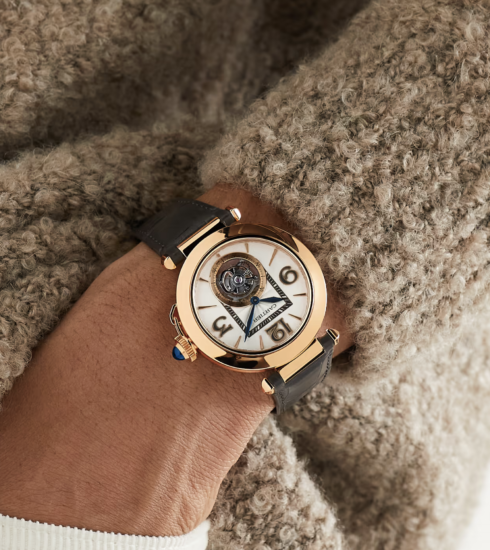What are the Most Expensive Items Auctioned?
Auction houses have long been captivating places, where individuals gather to bid on a diverse collection of items, ranging from fine art and collectables to luxury cars and precious gems. These auction events hold an allure that transcends mere transactions. They represent a unique opportunity to acquire exceptional pieces that embody history, prestige, and unparalleled value. In this blog post, we will delve into the world of auctions, exploring the most expensive items auctioned and the extraordinary prices they command.
Historical Perspective
Auctions have a rich history that dates back centuries, with evidence of their existence found in ancient civilizations such as the Roman Empire and ancient China. These early auctions served various purposes, including the sale of spoils of war, slaves, and valuable goods. Over time, auctions evolved and became a platform for the exchange of goods and assets, attracting a diverse range of bidders.
Unprecedented Prices in Art Auctions
As we mention in the title (most expensive items auctioned 👋 ), art auctions have long been synonymous with record-breaking sales and astronomical prices. Renowned auction houses like Sotheby’s and Christie’s have witnessed fierce bidding wars over iconic masterpieces by legendary artists. The likes of Pablo Picasso, Vincent van Gogh, and Leonardo da Vinci have seen their paintings fetch astonishing prices, often in the hundreds of millions of dollars. The rarity, provenance, and demand for these artworks contribute to their extraordinary value.
What are the most expensive items auctioned? Let’s find out.
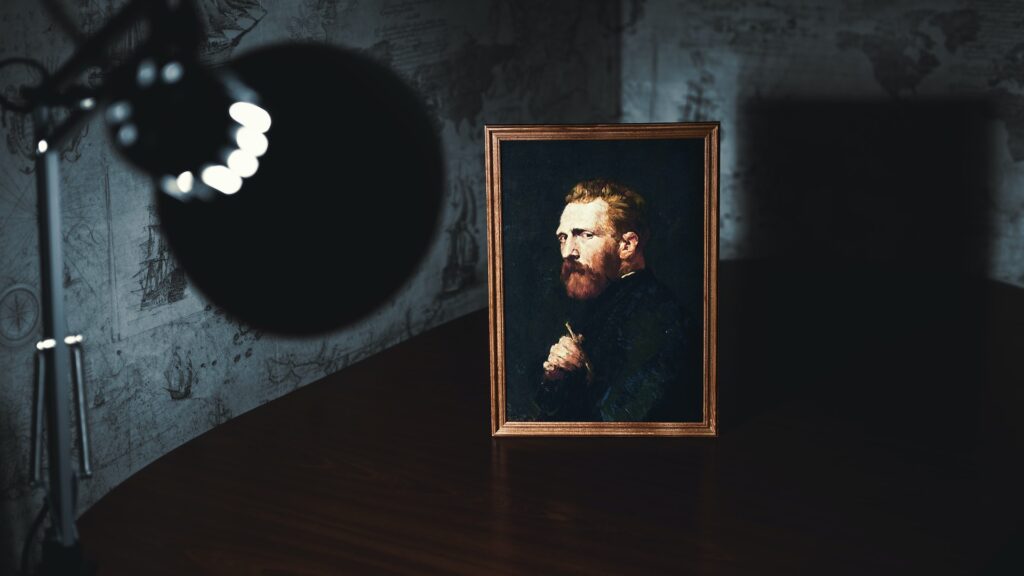
Extravagant Collectibles and Memorabilia
Beyond the realm of fine art, auctions have also played a significant role in valuing and trading unique collectables and memorabilia. Rare coins, stamps, and sports memorabilia have all seen staggering prices at auctions. The allure of owning a piece of history, such as the legendary 1933 Double Eagle coin or the infamous Treskilling Yellow stamp, has driven collectors to bid exorbitant amounts to secure these treasures.
Luxury Items and Precious Gems
Luxury auctions have become synonymous with opulence and extravagance, showcasing items that surpass the boundaries of conventional wealth. From luxury cars and yachts to private jets and high-end jewellery, these auctions attract high-net-worth individuals seeking exclusivity and status. The world of high-end auctions has witnessed remarkable sales, with diamonds, gemstones, and historical jewellery pieces commanding astounding prices.
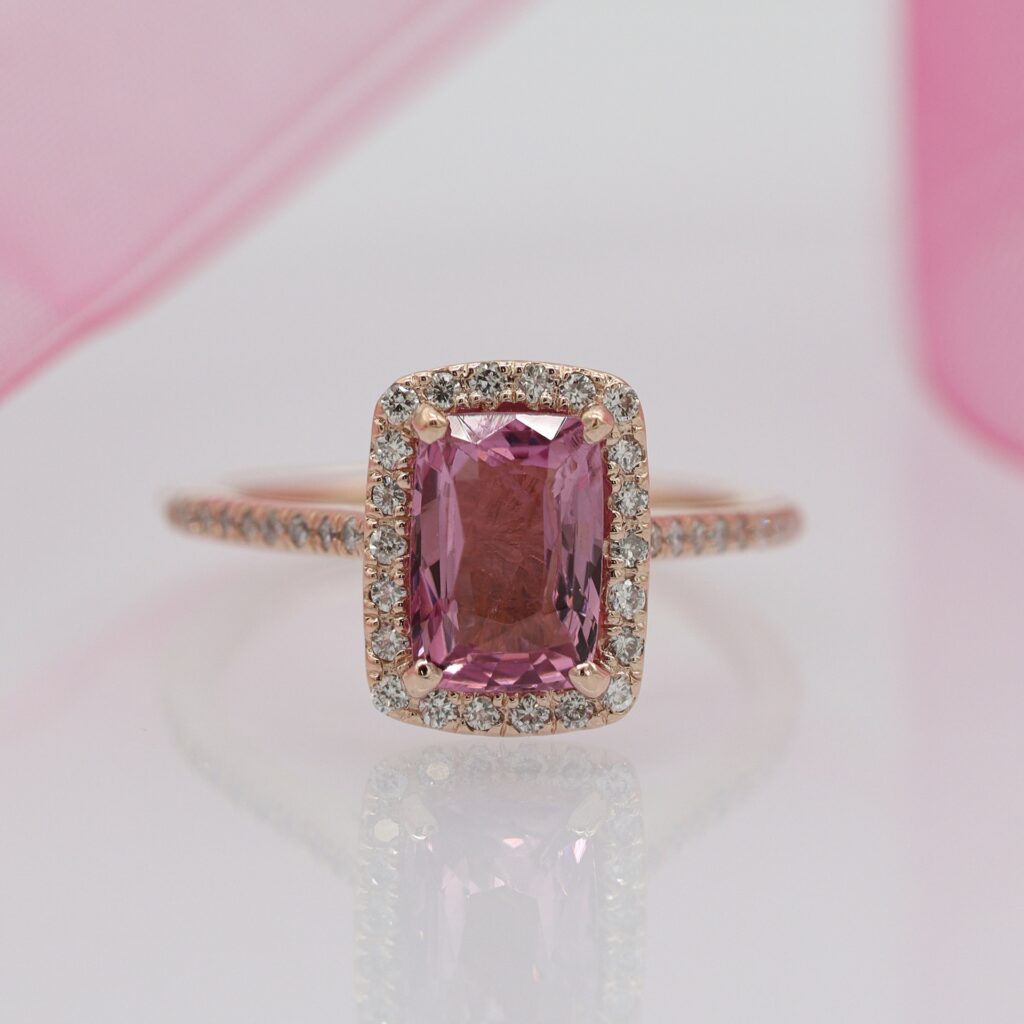
Beyond Art and Luxury: Unique and Unusual Auction Items
Auctions not only offer opportunities to acquire fine art, luxury items, and collectables but also serve as platforms for selling unique and unusual items that captivate the imagination. Space artefacts, historical artefacts, and celebrity possessions have all found their way onto auction blocks, attracting attention from passionate bidders. The Apollo 11 Lunar Module Timeline Book (Sold for $18,750), containing handwritten notes by astronauts Neil Armstrong and Buzz Aldrin, and Marilyn Monroe’s iconic white dress are just a few examples of extraordinary items that have garnered significant interest and fetched remarkable prices.
In conclusion, auctions have become synonymous with the excitement of acquiring exceptional items, often at unprecedented prices. From the world of fine art to the realm of luxury and the realm of unique and unusual items, auctions offer a glimpse into a world where value transcends traditional boundaries. In the following sections, we will explore each of these categories in greater detail, delving into the notable auctions, the factors driving prices, and the impact of these auctions on the global market and economy. Join us as we uncover the stories behind the most expensive items auctioned and explore the allure of these remarkable events.
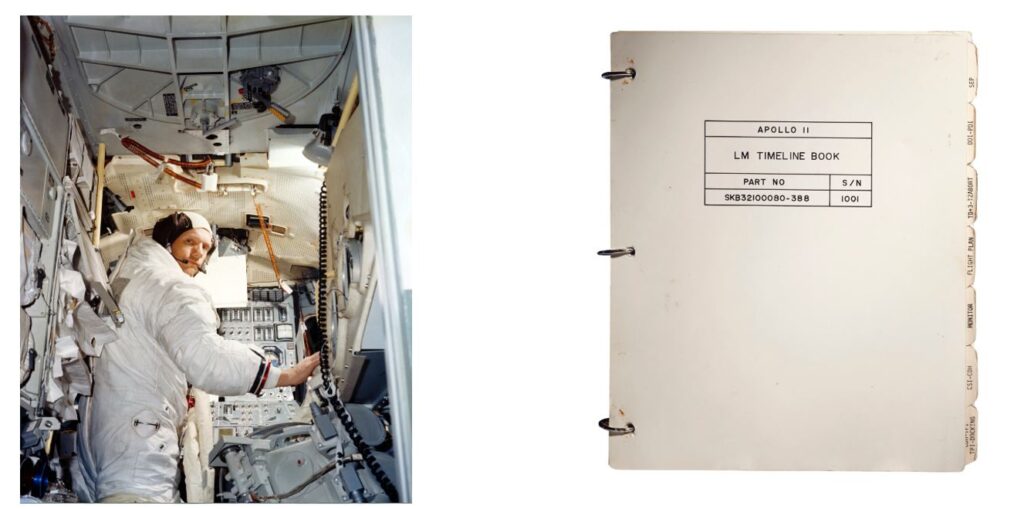
Historical Perspective
Auctions have a rich and storied history that spans across civilizations and epochs. The origins of auctions can be traced back to ancient times when they served as a means of trade, commerce, and even entertainment. The concept of bidding and competitive buying has fascinated people for centuries, and the practice has only grown in popularity over time.
One of the earliest recorded instances of auctions can be found in ancient Rome. The Romans held auctions to sell off spoils of war, confiscated property, and even slaves. These auctions were conducted in a public setting, with interested buyers gathering to place their bids. The highest bidder would emerge victorious and claim the item up for sale.
Similarly, ancient China also had a long-standing tradition of auctions. These auctions were not only used for buying and selling goods but also for determining the value of assets. The Chinese would hold auctions to determine the fair price of land, livestock, and other valuable assets. This practice ensured transparency and fairness in transactions.
As civilizations evolved and trade expanded, auctions continued to play a vital role in various societies. In medieval Europe, auctions were commonly used by merchants and traders to sell goods and merchandise. These auctions often took place in bustling market squares, with people gathering to bid on a wide range of items, from textiles and spices to precious metals and gemstones.
With the advent of the industrial revolution and the rise of capitalism, auctions took on a new level of significance. They became a platform for not only buying and selling goods but also for establishing market prices and determining value. Auctions became an integral part of economic systems, providing a mechanism for supply and demand to dictate prices.
In recent times, the landscape of auctions has undergone a significant transformation with the advent of online platforms. Traditional auction houses, such as Sotheby’s and Christie’s, have embraced digital technologies to reach a wider audience and facilitate global bidding. This shift has opened up new opportunities and expanded the reach and accessibility of auctions.
Today, auctions continue to captivate individuals from all walks of life. Whether it’s the thrill of bidding on a rare piece of artwork, the allure of owning a piece of history, or the excitement of acquiring a luxury item, auctions offer a unique and immersive experience. The world of auctions has become a captivating blend of art, history, commerce, and entertainment, attracting collectors, investors, and enthusiasts alike.
As we delve deeper into the realm of “most expensive items auctioned,” we will explore the various categories that have captivated bidders and set records. From the realm of fine art and collectables to the world of luxury items and unique artefacts, each category offers its own insights into the fascinating world of auctions. Join us as we uncover the stories behind the remarkable prices achieved at these auctions and gain a deeper understanding of the factors that contribute to their extraordinary value.
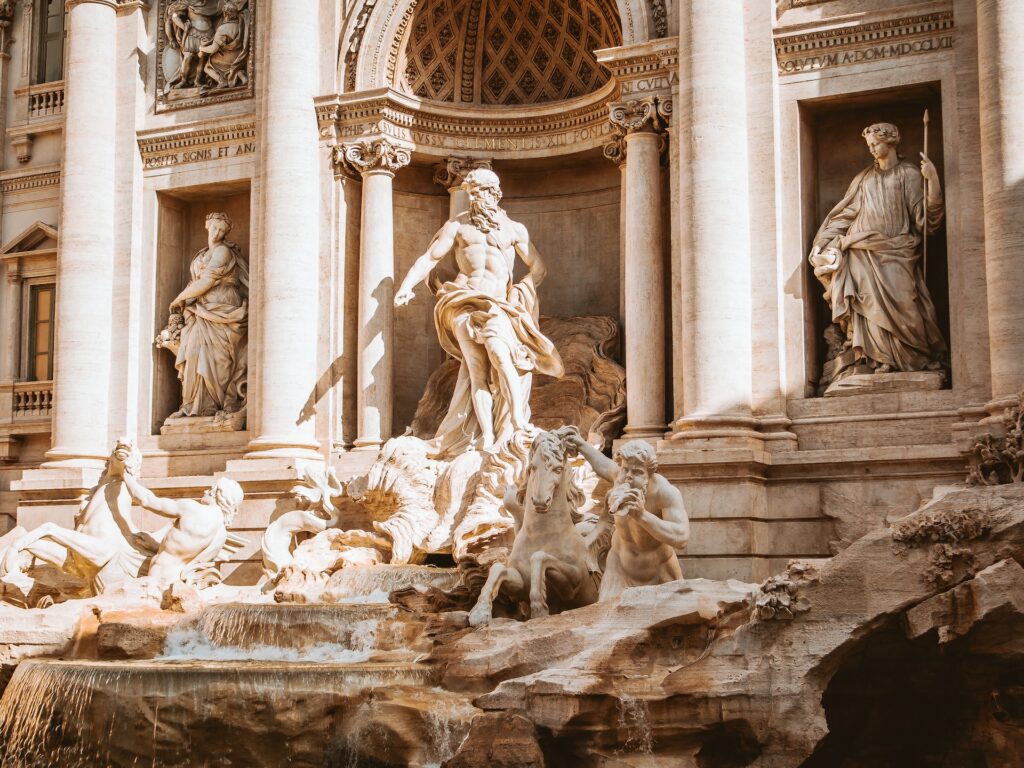
Unprecedented Prices in Art Auctions
Art auctions have long been a captivating realm within the auction world, known for their record-breaking sales and astonishing prices. Across the globe, prestigious auction houses like Sotheby’s, Christie’s, and Phillips have witnessed fierce bidding wars over iconic masterpieces by renowned artists – and it’s a competition to deliver on the most expensive items auctioned.
These auctions not only attract art collectors and enthusiasts but also garner the attention of the media and the public.
One of the most notable records in art auction history was set in November 2017 when Leonardo da Vinci’s masterpiece, “Salvator Mundi,” was sold at Christie’s auction house for an astounding $450.3 million. This painting, believed to be the work of the Italian Renaissance genius, had been rediscovered and meticulously restored. The sale of “Salvator Mundi” not only shattered previous auction records but also ignited a global fascination with the astronomical prices that fine art can command.
The reasons behind the unprecedented prices in art auctions are multifaceted. First and foremost, the scarcity and rarity of certain works of art contribute significantly to their value. Many masterpieces by revered artists are held in private collections or museums, making them exceedingly rare to come to market. When these artworks do become available for auction, they generate immense interest and demand among collectors who are willing to pay a premium to acquire them.
Provenance, or the documented history of ownership, is another crucial factor in determining the value of art at auction. Works with notable provenance, such as those owned by prominent collectors or previously exhibited in prestigious galleries, often fetch higher prices. The connection to a renowned collector or institution adds prestige and historical significance to the artwork, making it more desirable to potential buyers.
Additionally, the mystique and allure surrounding certain artists further contribute to the extraordinary prices achieved at art auctions. The likes of Pablo Picasso, Vincent van Gogh, and Claude Monet have become synonymous with artistic genius, and their works consistently command top prices. These artists have left an indelible mark on the art world, and their pieces are sought after by collectors who recognize their historical and cultural significance.
The most expensive art auction ever recorded was at Christie’s. It was Microsoft co-founder Paul Allen’s art collection which surpassed records bringing in a stunning $1.6 Billion at auction in 2022.
The role of auction houses cannot be overlooked in the context of art auctions. Auction houses act as intermediaries between sellers and buyers, curating and showcasing exceptional artworks to a global audience. They employ experts and specialists who meticulously assess the authenticity, condition, and historical significance of each piece. Through their marketing efforts and global reach, auction houses generate substantial interest and attract high-net-worth individuals willing to bid significant sums to own these masterpieces.
In recent years, the art auction market has witnessed a surge in demand from international buyers, particularly from emerging economies. These buyers, often seeking to build prestigious private collections or establish cultural institutions, have entered the market with significant purchasing power. The influx of new collectors has increased competition and driven prices to unprecedented heights.
It is worth noting that while the prices achieved at art auctions may seem astronomical to many, they represent more than just a monetary value. These record-breaking sales highlight the enduring power of art to captivate and inspire, transcending financial considerations. The acquisition of a masterpiece becomes a symbol of prestige, cultural capital, and a connection to the artistic legacy of humanity.
As we explore further into the world of “most expensive items auctioned,” we will venture beyond the realm of fine art and delve into the captivating realms of collectables, luxury items, and unique artefacts. Each category offers its own allure, stories, and exceptional prices that have mesmerized bidders and collectors alike.
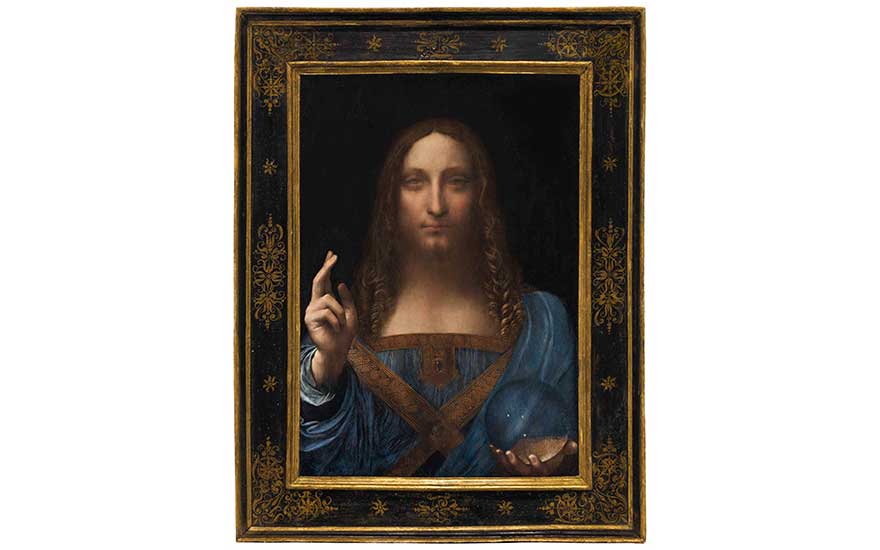
Most Expensive Items Auctioned?
Extravagant Collectibles and Memorabilia
While art auctions dominate the headlines, the world of auctions extends far beyond the realm of fine art. Collectables and memorabilia have also captivated bidders and fetched extraordinary prices at auctions around the world. From rare coins and stamps to sports memorabilia and historical artefacts, these auctions cater to a diverse range of passionate collectors seeking unique and valuable items.
Rare coins have long been sought after by collectors for their historical significance and intrinsic value. The world of numismatics boasts a rich array of coins that have achieved exceptional prices at auction. One notable example is the 1933 Double Eagle, a $20 gold coin produced by the United States Mint. Only a handful of these coins were legally released, and the remaining specimens were deemed illegal to own. However, one coin managed to find its way into private hands and was subsequently sold at auction for a staggering $7.6 million, making it one of the most expensive coins ever sold.
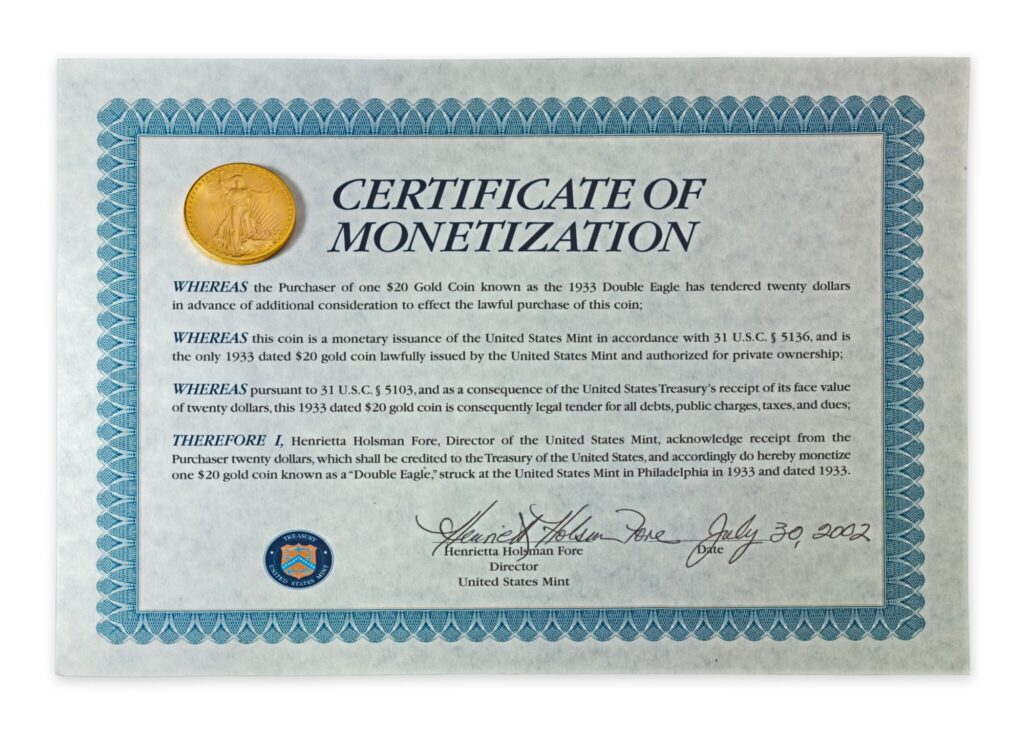
Stamps, too, have a dedicated following of collectors known as philatelists. These enthusiasts seek out rare and unique stamps that represent significant historical events or feature exceptional design and craftsmanship. Among the most valuable stamps ever auctioned is the Treskilling Yellow, a Swedish stamp with a printing error that resulted in a yellow colour instead of the intended green. In 1996, this stamp was sold for a remarkable $2.3 million, solidifying its status as one of the most expensive stamps in the world.
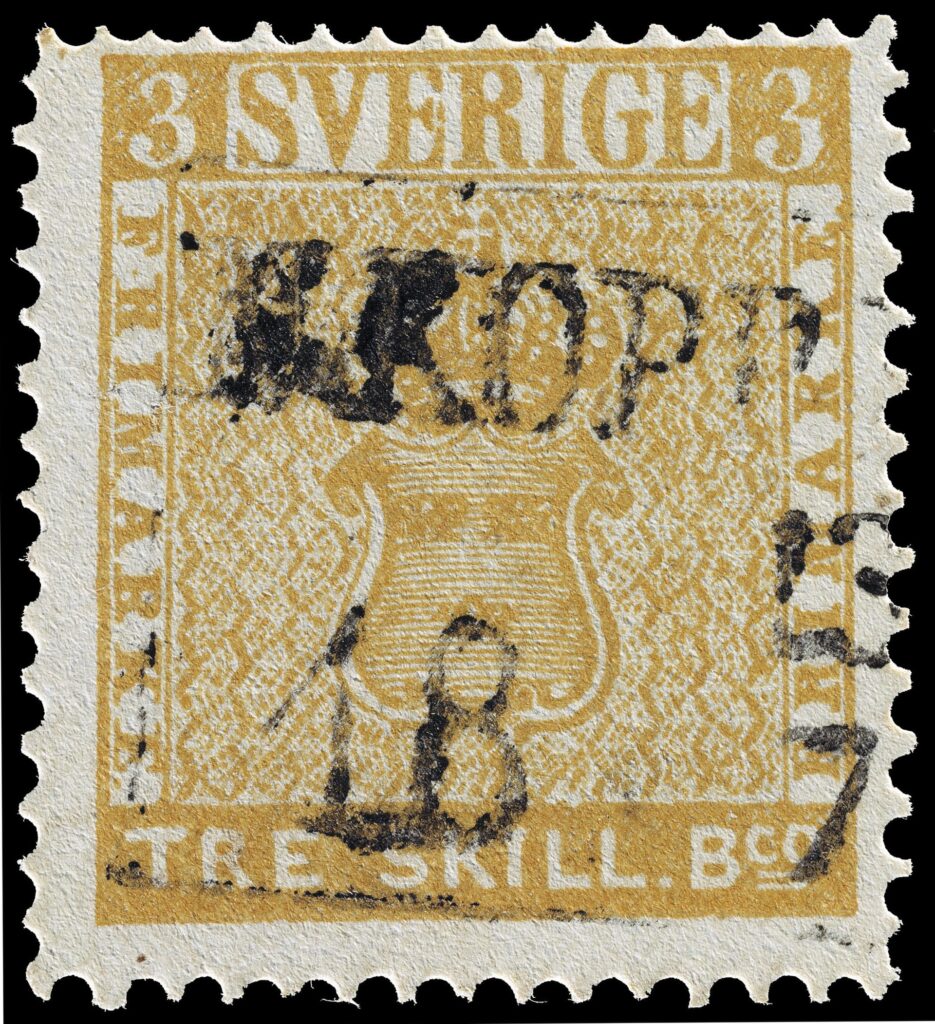
Sports memorabilia auctions have gained popularity in recent years, driven by the passion and loyalty of sports fans. Items associated with iconic athletes and historical moments in sports history have garnered tremendous interest and fetched astounding prices. One such example is the jersey worn by baseball legend Babe Ruth during his time with the New York Yankees. In 2019, this jersey was sold at auction for a record-breaking $5.64 million, making it the most expensive piece of sports memorabilia ever sold.
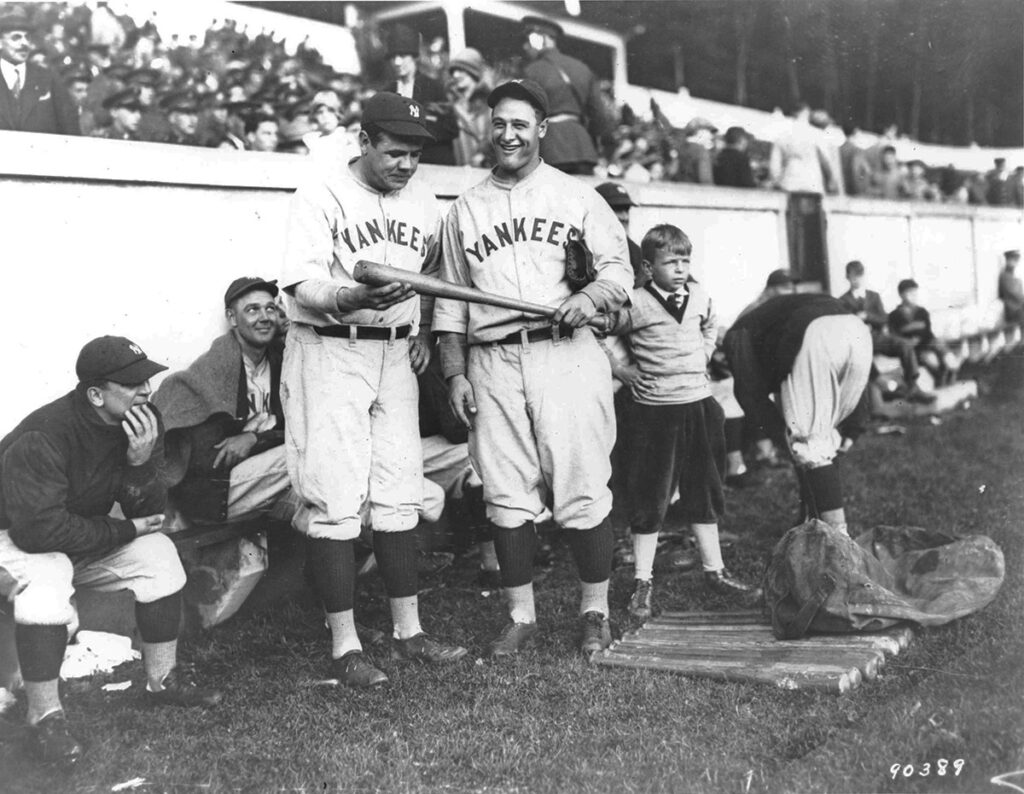
The allure of collectables and memorabilia lies in their ability to evoke nostalgia, celebrate cultural icons, and provide a tangible connection to significant moments in history. Whether it’s owning a piece of sports history, a rare coin from a bygone era, or a stamp that tells a unique story, collectors are willing to invest significant sums to secure these treasures.
Auctions play a vital role in valuing and trading collectables and memorabilia. They provide a transparent and competitive platform for buyers and sellers to come together, ensuring that items are sold at fair market value. Auction houses specializing in collectables employ experts who meticulously authenticate and appraise each item to ensure its authenticity and value.
In addition to the financial aspect, collecting rare items can also be a passion-driven endeavour. Collectors often dedicate years to building comprehensive collections, meticulously tracking down elusive pieces and investing significant time, effort, and resources. The thrill of the hunt and the satisfaction of acquiring a cherished item can be as rewarding as its financial value.
As we continue our exploration of “most expensive items auctioned,” we will venture into the world of luxury items and precious gems. These auctions showcase opulent and exclusive items that embody the epitome of luxury and elegance. Join us as we unravel the stories behind these remarkable auctions and delve into the allure of the world of luxury and precious gems.
Luxury Items and Precious Gems
Beyond the realm of art and collectables, auctions also showcase a wide array of luxury items that exude opulence, exclusivity, and extravagance. Luxury auctions have become synonymous with the world of high-end living, attracting discerning individuals who seek the epitome of elegance and refinement. From luxury cars and yachts to private jets and high-end jewellery, these auctions offer a glimpse into the world of unparalleled luxury.
Luxury cars have long been a symbol of prestige and automotive excellence. Auctions featuring rare and limited-edition vehicles attract passionate collectors and enthusiasts from around the globe. One of the most notable sales in recent years was the auction of a 1962 Ferrari 250 GTO, often hailed as the “holy grail” of classic cars. This iconic vehicle, with its breathtaking beauty and racing pedigree, was sold for a staggering $48.4 million, making it the most expensive car ever sold at auction.
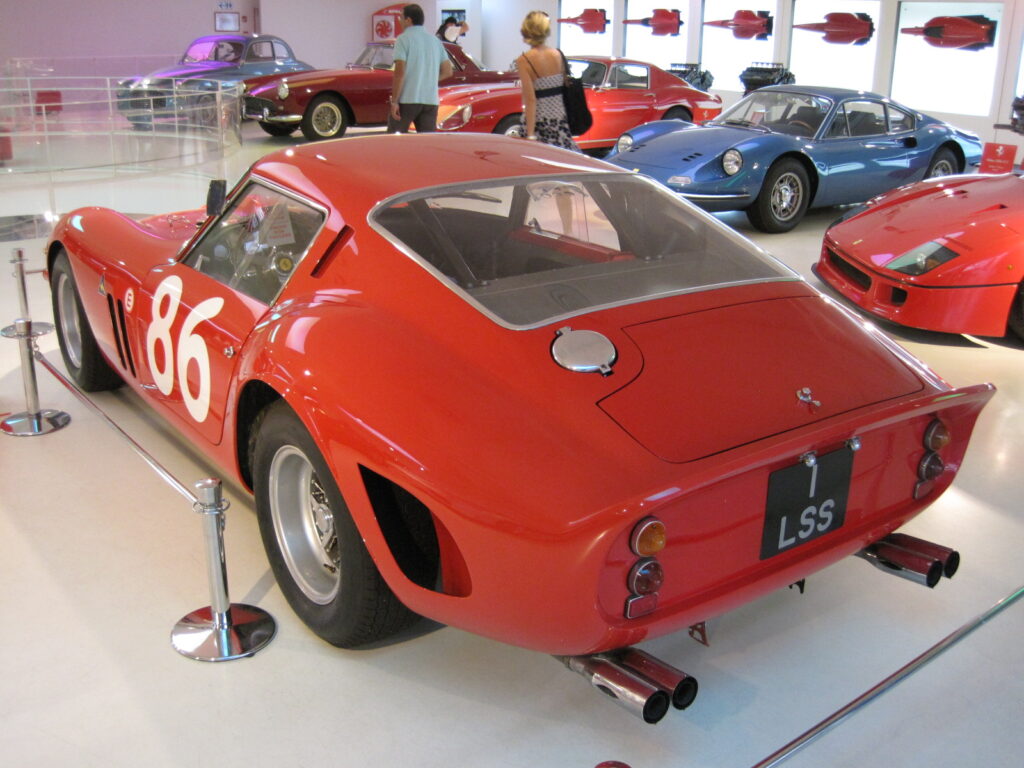
Yachts, another hallmark of luxury and indulgence, have also found their way onto auction blocks. These floating palaces, often customized to the owner’s specifications, offer a level of comfort and extravagance that is unparalleled. Yacht auctions provide an opportunity for buyers to acquire these magnificent vessels at competitive prices. Whether it’s a sleek motor yacht or a majestic sailing yacht, these auctions attract affluent individuals who desire the freedom and luxury that comes with owning a private yacht.
Private jets, the epitome of luxury travel, have also captured the attention of auction enthusiasts. These auctions offer a unique opportunity to acquire a high-performance aircraft that provides unmatched convenience and comfort. Buyers can find a wide range of options, from smaller personal jets to larger corporate jets, each offering a level of sophistication and exclusivity in air travel.
One of the most sought-after categories in luxury auctions is high-end jewellery. Auctions featuring rare diamonds, gemstones, and historical pieces attract discerning buyers who appreciate the craftsmanship and beauty of these exquisite creations. The sale of the “Pink Star” diamond at a Sotheby’s auction stands as a testament to the extraordinary prices achieved in the world of jewellery auctions. This stunning 59.60-carat pink diamond sold for a staggering $71.2 million, setting a new record for the most expensive gemstone ever sold at auction.

The allure of luxury auctions lies not only in the acquisition of exceptional items but also in the exclusivity and status they represent. These auctions attract high-net-worth individuals who appreciate the finer things in life and seek to surround themselves with the epitome of luxury. The rarity, craftsmanship, and prestige associated with these items make them highly desirable to collectors and connoisseurs. It’s like a badge of honour to be an owner of the most expensive items auctioned.
Moreover, luxury auctions play a crucial role in the luxury market. They provide a platform for sellers to showcase their exceptional offerings and for buyers to connect with unique and coveted items. Auction houses specializing in luxury items curate these auctions, ensuring that each piece meets the highest standards of quality and luxury.
As we delve deeper into the realm of “most expensive items auctioned,” we will explore beyond the confines of traditional luxury items and venture into the world of precious gems. These dazzling stones, known for their beauty, rarity, and enduring value, have captivated humanity for centuries. Join us as we uncover the stories behind these extraordinary auctions and discover the allure of these remarkable treasures.
Beyond Art and Luxury: Unique and Unusual Auction Items
While art and luxury items dominate the auction world, there is a realm that goes beyond conventional categories, featuring unique and unusual items that captivate the imagination. These tend to push the limit to be the most expensive items auctioned. These auctions showcase extraordinary pieces that hold historical significance, personal connections, or simply possess a rare and intriguing quality. From space antiques and historical relics to celebrity possessions, these auctions offer a glimpse into the fascinating world of one-of-a-kind items. Here are some more of the most expensive items auctioned.
Space artefacts auctions have gained significant attention in recent years, reflecting humanity’s fascination with space exploration. These auctions feature items that have journeyed beyond the Earth’s atmosphere, carrying with them the story of humanity’s quest to conquer the unknown. One remarkable example is the Apollo 11 Lunar Module Timeline Book, which contains handwritten notes by astronauts Neil Armstrong and Buzz Aldrin during their historic moon landing mission. This sold at auction for $4.6 million, offers a tangible connection to one of humanity’s greatest achievements.
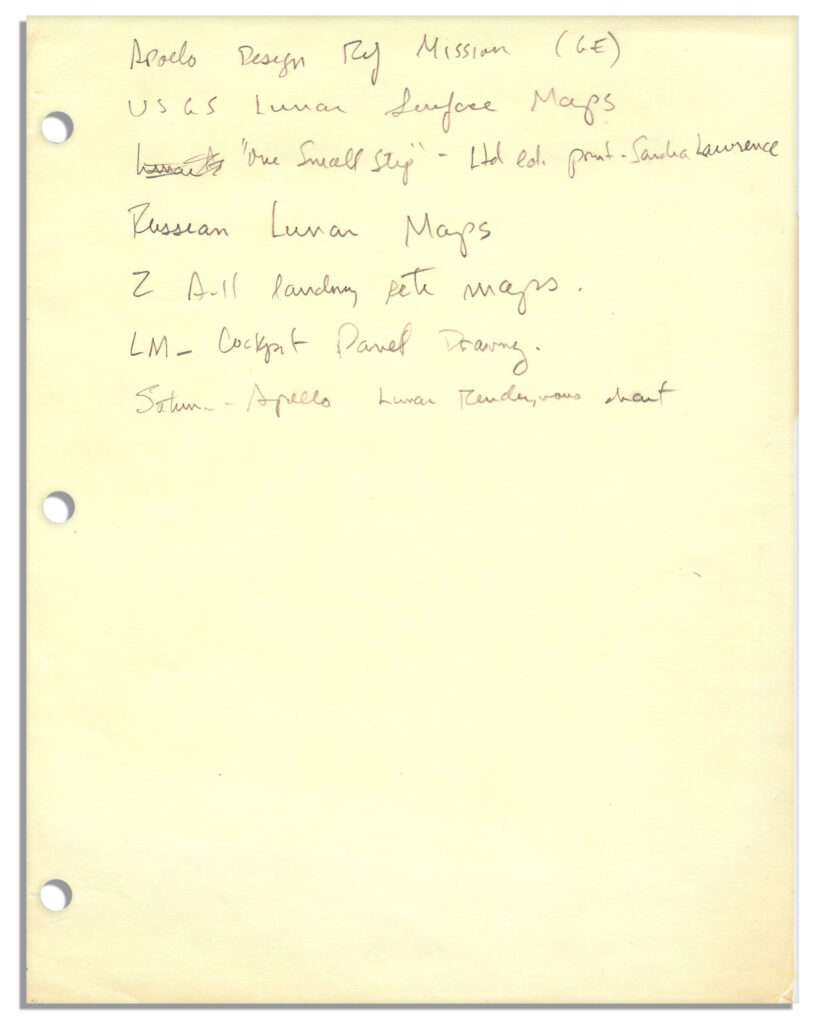
These historical auctions offer a glimpse into the past, allowing collectors to own a piece of history. These auctions feature items of historical significance, ranging from ancient artefacts to artefacts from significant events or figures in history. For example, the pen used by President Abraham Lincoln to sign the Emancipation Proclamation was sold at auction for $718,000, providing a tangible link to a pivotal moment in American history. These auctions not only serve to preserve and celebrate our collective heritage but also allow individuals to own a piece of the past.
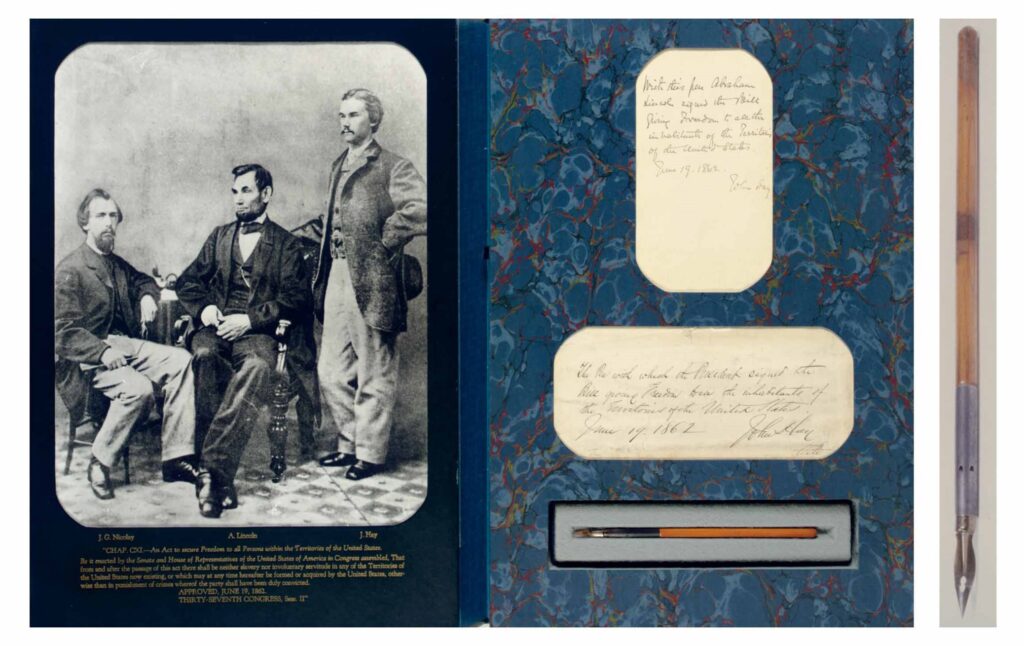
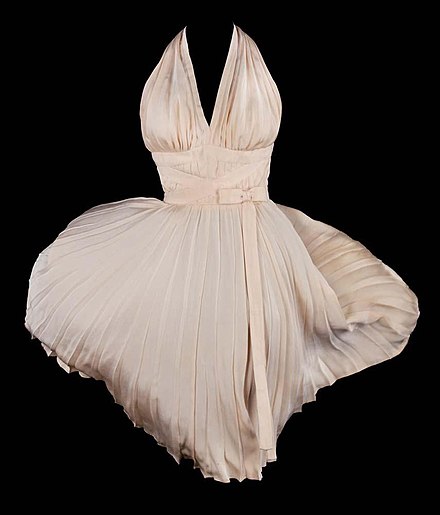
Celebrity possessions auctions have a unique appeal, as they offer fans and collectors the opportunity to own items that were once connected to their favourite icons. These auctions showcase personal belongings, wardrobe pieces, and memorabilia associated with renowned individuals from the world of entertainment, sports, and politics. One iconic example is the sale of Marilyn Monroe’s white dress worn in the film “The Seven Year Itch,” which fetched a staggering $4.6 million at auction. Possessing these items allows fans to feel a personal connection to their idols and own a tangible piece of their legacy.
The fascination with unique and unusual items in auctions lies in their ability to evoke a sense of wonder and curiosity. These items tell stories, spark conversations, and provide a glimpse into extraordinary moments and lives. The auction platform serves as a conduit for these items to find new homes, where they can continue to be admired and cherished.
Auctions featuring unique and unusual items provide a level playing field for buyers, where anyone can participate and have a chance to acquire these exceptional pieces. The competitive nature of auctions ensures that these items are sold at fair market value, and the transparency of the process adds credibility and trust to the transactions.
As we near the conclusion of our exploration into the realm of “most expensive items auctioned,” we have witnessed the extraordinary prices achieved in various categories. From art and luxury items to collectables, precious gems, and unique antiques, each auction category carries its own allure and fascination. The world of auctions continues to captivate individuals, offering a blend of history, prestige, and the thrill of acquiring exceptional items. Join us as we conclude our journey and reflect on the impact of auctions on the global market and economy.
Conclusion
Throughout this exploration of the world of most expensive items auctioned, we have delved into the captivating realm of auctions and their extraordinary prices. From art auctions that command record-breaking sums to auctions that feature unique and unusual items, each category has its own allure and stories to tell.
Auctions have a rich history that dates back centuries, evolving from ancient civilizations to modern online platforms. They have served as platforms for trade, commerce, and the exchange of goods, transcending cultural and historical boundaries. Today, auctions continue to captivate individuals from all walks of life, offering a unique opportunity to acquire exceptional items that hold historical, cultural, and personal significance.
Art auctions have consistently dominated the auction world, with masterpieces by renowned artists fetching astronomical prices. The scarcity, provenance, and demand for these artworks contribute to their extraordinary value. Collectables and memorabilia auctions allow enthusiasts to acquire rare coins, stamps, and sports memorabilia, offering a tangible connection to history and personal passions.
The allure of auctions lies not only in the acquisition of exceptional items but also in the experience itself. Auctions offer a sense of excitement, competition, and camaraderie among bidders. They provide a transparent and fair platform for buyers and sellers to come together, ensuring that items are sold at their true market value.
In conclusion, the auction world is a captivating one, filled with extraordinary stories, exceptional prices, and the enduring fascination of acquiring remarkable treasures. Whether it’s the world of art, luxury items, or unique antiques, auctions continue to captivate and inspire individuals around the globe.
As we reflect on the impact of auctions, it becomes evident that they transcend mere transactions. They shape the global market and economy, drive innovation and entrepreneurship, and preserve our collective history and culture. Auctions provide a platform for individuals to connect with extraordinary items, fostering a sense of passion, appreciation, and personal connection.
In the ever-evolving landscape of auctions, the allure and fascination remain constant. The world of luxury auctions will continue to captivate and inspire, offering opportunities to acquire exceptional pieces and be part of the rich tapestry of human history.
Still in need of more luxury content? Be sure to check out our other luxury lifestyle content. Try our article on the ultimate travel bucket list or perhaps get some inspiration for your luxury pool, into watches? We’ve content on those too!
.






